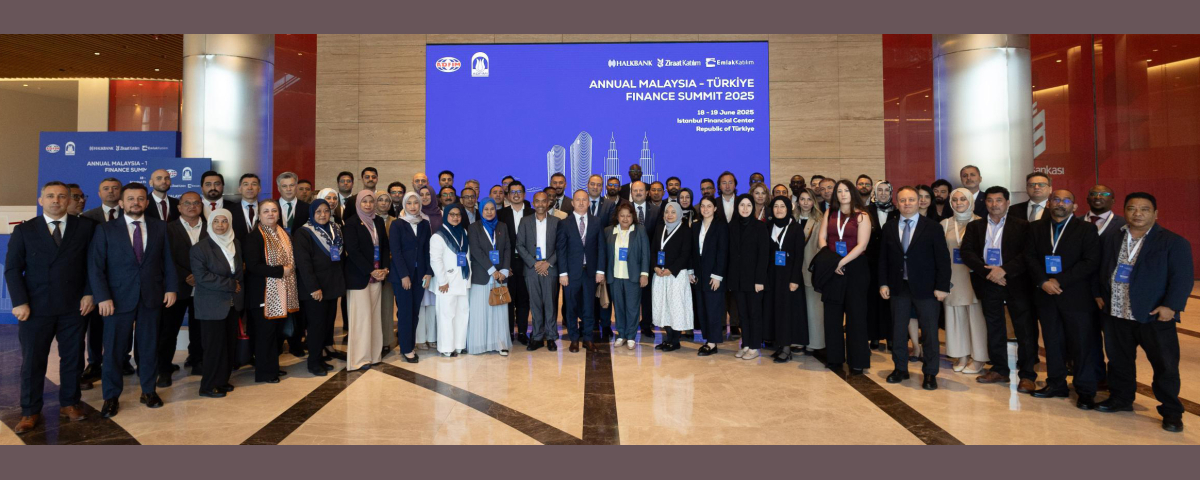Regional Economic Outlook-Western Hemisphere, IMF, November 2007
Overview. The global context for countries in the Western Hemisphere is now influenced by the current weakness in the U.S. economy, stemming from the housing market, and its spillover effects in financial markets. Other external shocks are also affecting the Latin American and Caribbean (LAC) region, especially upward spikes in food prices, which have affected a number of countries this year. Against this background, this Regional Economic Outlook: Western Hemisphere is focused on the underlying resilience of the LAC region to shocks and the policy challenges involved in sustaining the region’s improved fundamentals and, thereby, the current expansion.
Recent global and regional strength. The recent shocks have emerged after an exceptional period of strength both globally and for countries in the LAC region, which is helping contain the impact of the shifts in the external environment. Although the growth of the U.S. economy is now expected to slow to just under 2 percent for 2007–08, emerging market countries should retain sufficient momentum to keep global growth at a solid 4¾ percent in 2008 (Chapter 1). Indeed, the LAC region has, thus far, dealt well with the recent market turbulence, and domestic demand remains generally vigorous. Thus, the baseline scenario anticipates that growth across the LAC region should remain historically strong at close to 5 percent on average in 2007—the fourth year of uninterrupted, strong expansion—and continue at a robust 4¼ percent in 2008.
Latin America’s social improvements. Latin America has made significant inroads during the current expansionary phase in bringing unemployment down to the single-digit range in most large countries and tackling the region’s deep-seated poverty and inequality. Significantly, poverty in the region has declined much more rapidly during this expansion than in the 1990s, while inequality, although still high, has also declined in most countries
since 1999 (Chapter 2).
Rising risks. Risks to the outlook, both domestic and external, lean clearly to the downside.
-
As presented in the IMF’s recent report on the World Economic Outlook (WEO), external risks, and uncertainty surrounding growth prospects, have recently increased. Among the risks are those related to growth in trading partners— especially the United States—and the persistence of abnormal conditions in credit markets.
-
Within the LAC region, there are risks to the sustainability of the current expansion related to domestic as well as external factors, stemming from recent trends in government spending and credit growth, and their sustainability. In particular, fiscal and external surpluses are forecast to weaken, and inflation has been edging up— exacerbated by rising international food prices—as output has come closer to potential. Rising inflation in the region constitutes an important test, in some casesthe first test, of the inflation targeting frameworks that have been adopted by a growing number of countries in the region. Resilience. Drawing on new analytical work, this Regional Economic Outlook examines the region’s resilience and looks to the domestic policy implications for sustaining the current expansion.
-
Resilience to external shocks (Chapter 3). Compared with the 1990s, improved public and private sector balance sheets, lower and better anchored inflation expectations, and strengthened policy frameworks have made the region more resilient to changes in international financial conditions. Central banks, for example, can now respond to tighter international conditions with greater exchange rate flexibility than in the past. There has also been little indication as yet that banks in Latin America will retrench lending as a result of the recent market problems. However, Latin America remains acutely sensitive to pronounced weakness in external demand and to a possible deterioration in its terms of trade. New analytical work indicates that, in the event of a credit crunch and recession in the United States—combined with some spillover to world growth and a corresponding softening of commodity prices—2008 growth in the region could be reduced by up to 2 percentage points below the current baseline.
-
Strength of underlying fiscal positions (Chapter 4). Fiscal primary surpluses in the LAC region rose further last year, driven by buoyant revenues. The question is whether these gains are permanent (“structural”) or driven by cyclical conditions. A detailed analysis suggests that, for the most part, structural primary balances in the region remain in surplus. However, they are not as strong as headline primary balances would suggest, and are subject to large margins of uncertainty, in part because they depend on uncertain commodity price forecasts. Furthermore, revenue ratios are now projected to remain flat or decline modestly. If expenditures continue to grow at their current pace of 8–10 percent on average in real terms, primary fiscal surpluses—both headline and structural—will quickly turn to deficits in the coming years. In light of still-substantial debt levels in the region, the erosion of the fiscal position based on current expenditure trends is a significant concern.
-
Sustainability of credit growth (Chapter 5). Recent average credit growth rates of almost 40 percent a year in the largest Latin American countries have raised questions about the sustainability of the ongoing boom in Latin America’s financial sector. An analysis based on two alternative criteria for “excess” credit growth suggests, however, that much of the recent credit growth seems to be associated with improvements in fundamentals, rather than with significant overheating in the region as a whole. This finding is consistent with the latest prudential indicators and equity market–based bank solvency estimates, which show that nonperforming loan ratios and banks’ estimated default probabilities have remained at low levels. However, the generally solid aggregate picture may mask heightened vulnerabilities in financial


.jpg?id=4_638)



